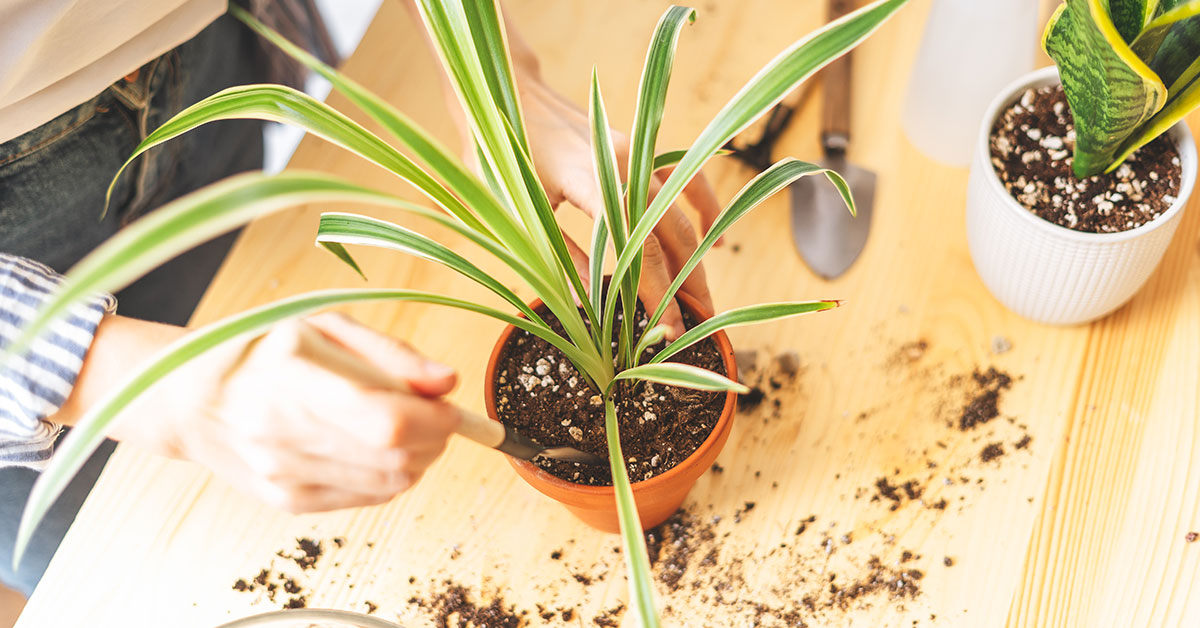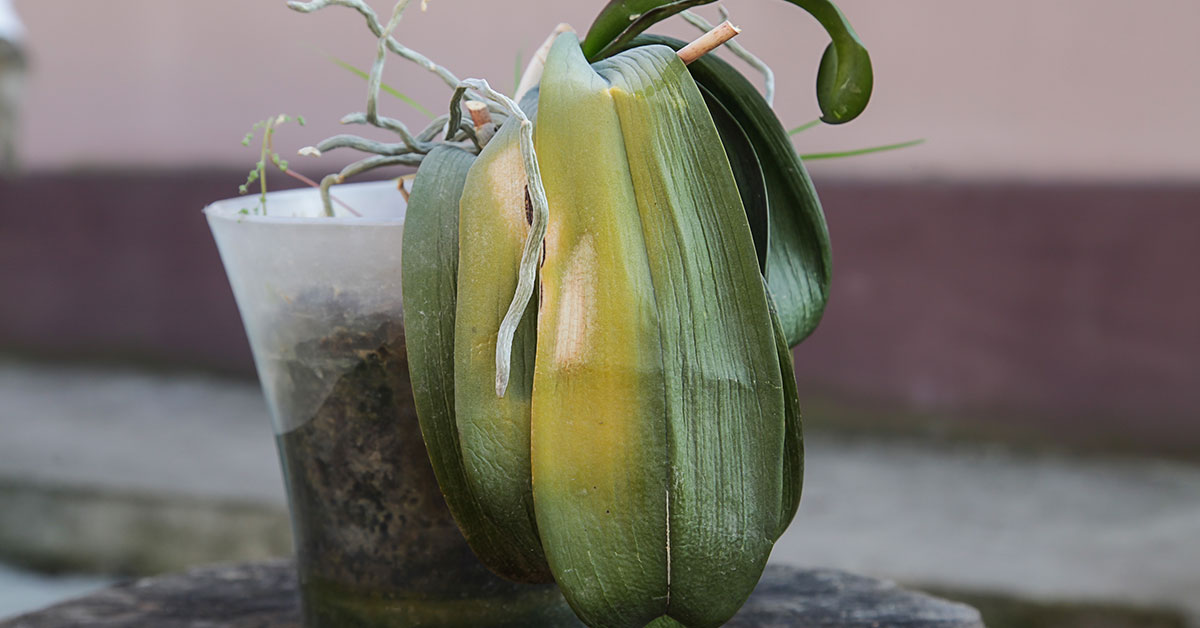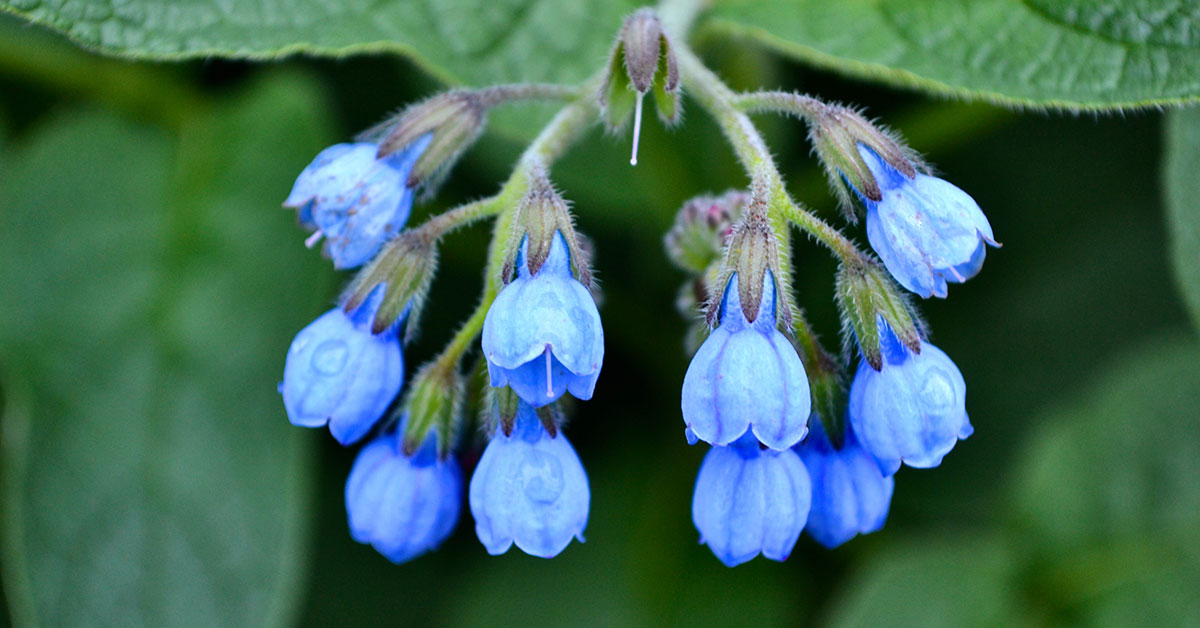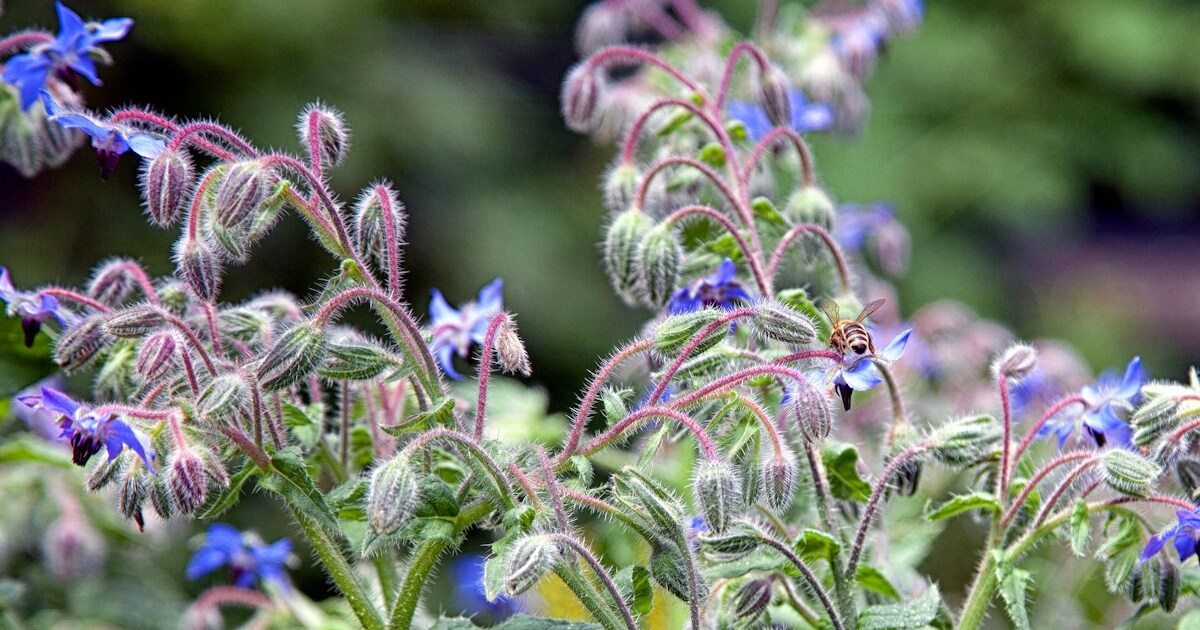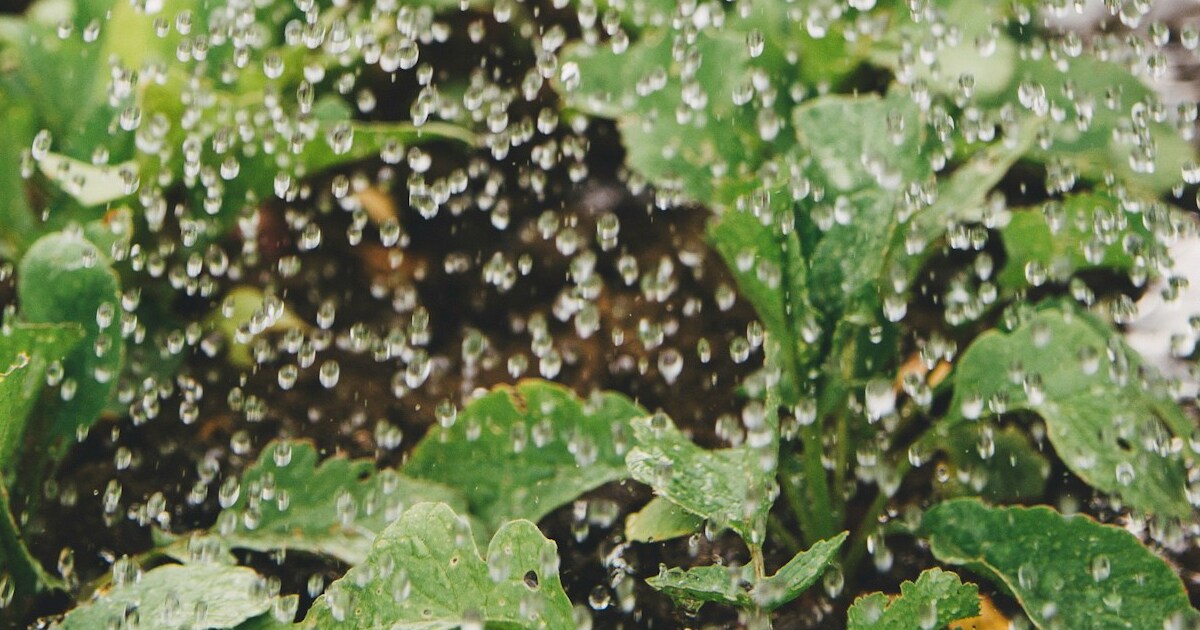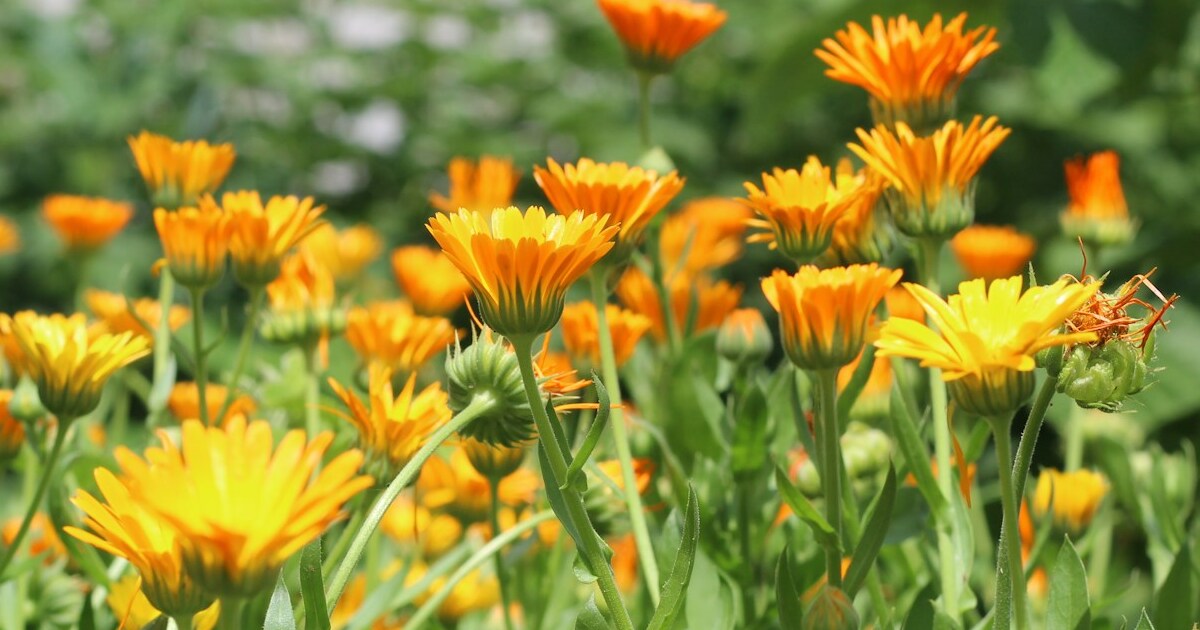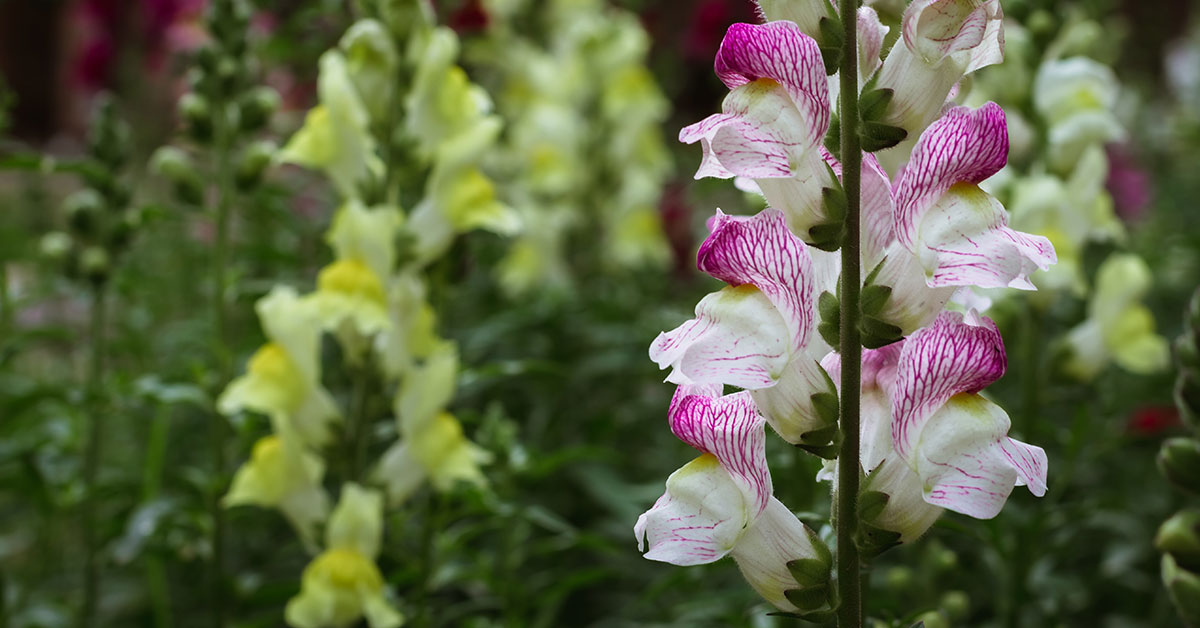Winter is a magical time when indoor spaces become sanctuaries of warmth and greenery, especially for plant enthusiasts. However, it’s also a crucial period for maintaining the health and vitality of your indoor plants. Repotting during winter might seem daunting, but with the right approach, it can be a seamless and rewarding process. As a dedicated gardener, I understand the hesitation many feel about moving their beloved plants during the colder months, but fear not! Repotting your indoor plants in winter can set the stage for robust growth and flourishing greenery once the growing season returns.
Repotting is essential for ensuring that your plants have enough space to grow, access to fresh nutrients, and a healthy root environment. Winter repotting requires a thoughtful strategy, considering the reduced light and slower growth rates during this season. I know how frustrating it can be when your plants show signs of stress or become root-bound, but with these best practices, you can rejuvenate your indoor garden effortlessly. Let’s delve into the key steps and tips for repotting your indoor plants successfully during the winter months!
Choosing the Right Pot

Selecting the appropriate pot is a fundamental step in the repotting process, especially during winter when plants are more susceptible to stress. I always recommend opting for pots that are just one size larger than the current container to provide enough room for growth without overwhelming the plant. Materials like terracotta and ceramic are excellent choices as they offer good drainage and air circulation, which are crucial for preventing root rot—a common issue in winter indoor environments. Additionally, ensuring that the new pot has drainage holes is essential for maintaining healthy soil moisture levels.
Another consideration when choosing a pot is the aesthetic and practical aspects of your indoor space. Lightweight materials such as plastic or resin can be easier to handle, especially if you have multiple plants or limited mobility. It’s also important to think about the native environment of your plant. For instance, succulents from arid regions thrive in porous pots that allow excess moisture to escape, whereas tropical plants might prefer pots that retain some humidity. By carefully selecting the right pot, you can create an optimal environment that supports your plant’s health and complements your home’s decor!
Preparing the Plant for Repotting

Before diving into the repotting process, it’s essential to prepare your plant to minimize stress and ensure a smooth transition. Start by gently removing your plant from its current pot, taking care not to damage the roots. I find that watering the plant a day before repotting makes this process easier, as moist soil holds the root ball together better. Carefully tease apart any circling roots and trim away any dead or unhealthy ones using clean, sharp scissors to promote healthy growth.
Additionally, take a moment to inspect the plant for any signs of pests or diseases. Winter can sometimes create a perfect environment for unwanted visitors like spider mites or aphids, so addressing these issues beforehand can prevent further complications. If you notice any pests, treat the plant with appropriate organic or chemical remedies before repotting. Preparing your plant thoroughly not only safeguards its health but also sets the foundation for successful adaptation to its new pot, ensuring it remains vibrant and strong throughout the winter!
Selecting Appropriate Soil

Choosing the right soil is pivotal for the health and growth of your indoor plants, particularly during the winter months when their growth cycles slow down. I always recommend using a high-quality potting mix that is tailored to the specific needs of your plant. For example, cacti and succulents require a well-draining soil mix that prevents water from stagnating around the roots, whereas tropical plants thrive in a richer, moisture-retentive soil. Understanding the native habitat of your plant can guide you in selecting the most suitable soil type.
In addition to the basic potting mix, consider incorporating amendments like perlite, vermiculite, or coconut coir to enhance drainage and aeration. These materials help create a balanced environment that supports healthy root development and prevents common winter issues such as root rot and fungal infections. Moreover, using a soil mix with added nutrients can provide your plant with the essential minerals it needs to stay resilient during the colder months. By selecting and preparing the right soil, you ensure that your repotted plants have the best possible foundation to thrive indoors all winter long!
Aftercare Post Repotting

Once your plant is safely repotted, proper aftercare is crucial to help it acclimate to its new environment and continue thriving. I always advise placing the repotted plant in a location with consistent, indirect light to reduce stress and avoid sudden temperature changes. Avoid placing it near drafty windows or heating vents, as these can cause the soil to dry out too quickly or lead to fluctuating temperatures that can harm the plant. Additionally, give your plant a gentle watering after repotting to help settle the soil around the roots, but be careful not to overwater, as this can lead to root rot during the winter months.
Monitoring your plant closely in the weeks following repotting is also important. Look out for any signs of stress, such as yellowing leaves or slowed growth, and adjust your care routine accordingly. Providing a bit of extra humidity can benefit many indoor plants, especially those native to tropical regions that thrive in moist environments. Using a humidity tray or a room humidifier can create a more favorable atmosphere, promoting healthier growth and recovery. With attentive aftercare, your repotted indoor plants will adjust smoothly to their new homes, ensuring they remain lush and vibrant throughout the winter!
Common Mistakes to Avoid
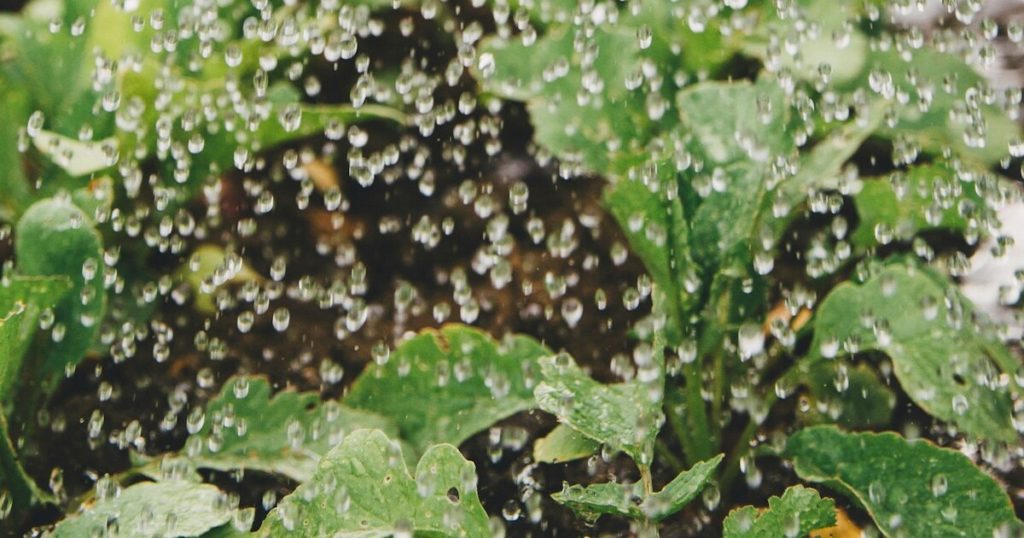
Repotting can be a straightforward process, but certain common mistakes can hinder your plant’s health, especially during the sensitive winter months. One of the biggest pitfalls is choosing a pot that is too large, which can lead to excessive moisture retention and root rot. I’ve seen many enthusiastic gardeners make this error, thinking bigger is always better, but in reality, a slightly larger pot is often sufficient to provide the necessary space without overwhelming the plant. Always ensure the new pot has adequate drainage to prevent water from accumulating at the bottom.
Another frequent mistake is overwatering after repotting. Winter indoor environments tend to be drier, and the reduced light levels mean plants require less water than during the growing season. Overwatering can suffocate the roots and lead to fungal issues, which are particularly problematic when temperatures are lower. Additionally, neglecting to acclimate your plant to its new pot by placing it in a sudden high-light area can cause stress and leaf burn. To avoid these issues, repot carefully, water sparingly, and gradually introduce your plant to its new setting, ensuring a healthy and successful winter repotting experience!
When to Repot in Winter

Timing is everything, especially when it comes to repotting indoor plants during winter. The best time to repot is typically during the plant’s dormant period when growth slows down, allowing the plant to recover more easily from the stress of being moved. I find that late winter, just before the spring growing season begins, is an ideal time for repotting most indoor plants. This timing ensures that your plant has ample time to establish itself in its new pot and take advantage of the upcoming surge in light and warmth.
However, it’s important to assess each plant individually, as some may benefit from repotting at different times based on their specific growth cycles and health status. If you notice that your plant is becoming root-bound or showing signs of stress, such as wilting or slowed growth, it may need repotting regardless of the season. In such cases, proceeding with repotting in winter can still be successful if done with care and attention to the plant’s needs. By choosing the right time to repot, you can minimize stress and maximize the chances of your indoor plants thriving throughout the winter and beyond!
Selecting Appropriate Tools and Materials
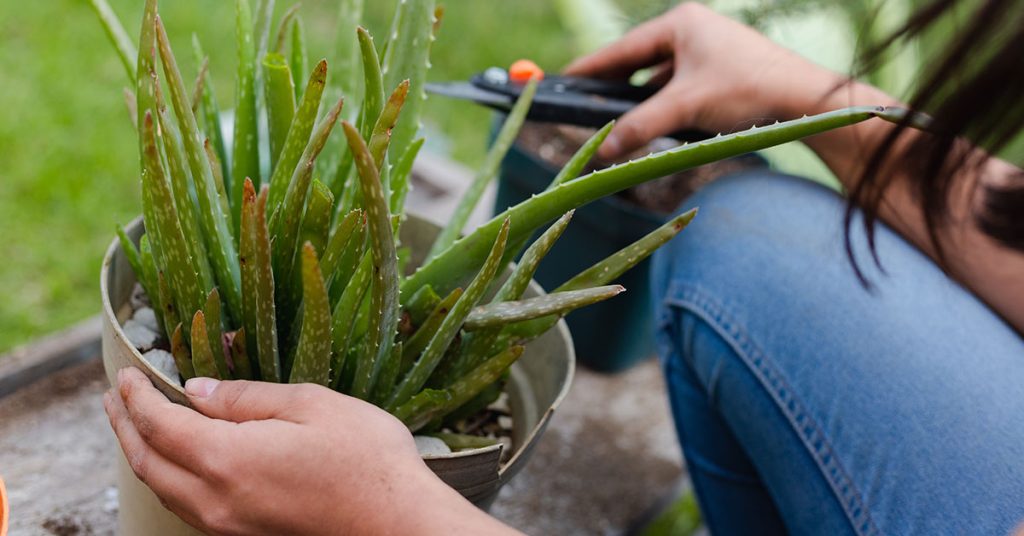
Having the right tools and materials on hand can make the repotting process much smoother and more efficient. I always keep a set of essential tools in my gardening kit, including clean, sharp scissors or pruning shears for trimming roots, a trowel or small shovel for handling soil, and gloves to protect your hands during the process. Additionally, using a watering can with a narrow spout allows for precise watering without disturbing the newly potted plant. Investing in these basic tools can significantly enhance your repotting experience, making it easier to care for your indoor plants effectively.
In terms of materials, a high-quality potting mix tailored to your plant’s specific needs is indispensable. Depending on the type of plant, you may also need soil amendments like perlite or vermiculite to improve drainage and aeration. Don’t forget to have fresh pots with adequate drainage holes ready, along with any decorative elements like saucers to catch excess water and prevent messes. Organizing your materials before you begin can help streamline the repotting process, allowing you to focus on the care and well-being of your plants. With the right tools and materials at your disposal, repotting your indoor plants during winter becomes a manageable and even enjoyable task!
Conclusion

Repotting indoor plants during winter may seem challenging, but with the right knowledge and approach, it can be a highly rewarding endeavor that ensures the continued health and growth of your green companions. By choosing the appropriate pot, preparing your plant carefully, selecting the right soil, and providing diligent aftercare, you can successfully navigate the repotting process even in the colder months. I know how disheartening it can be when your plants struggle, but these best practices will help you maintain a thriving indoor garden that brightens your home all winter long.


